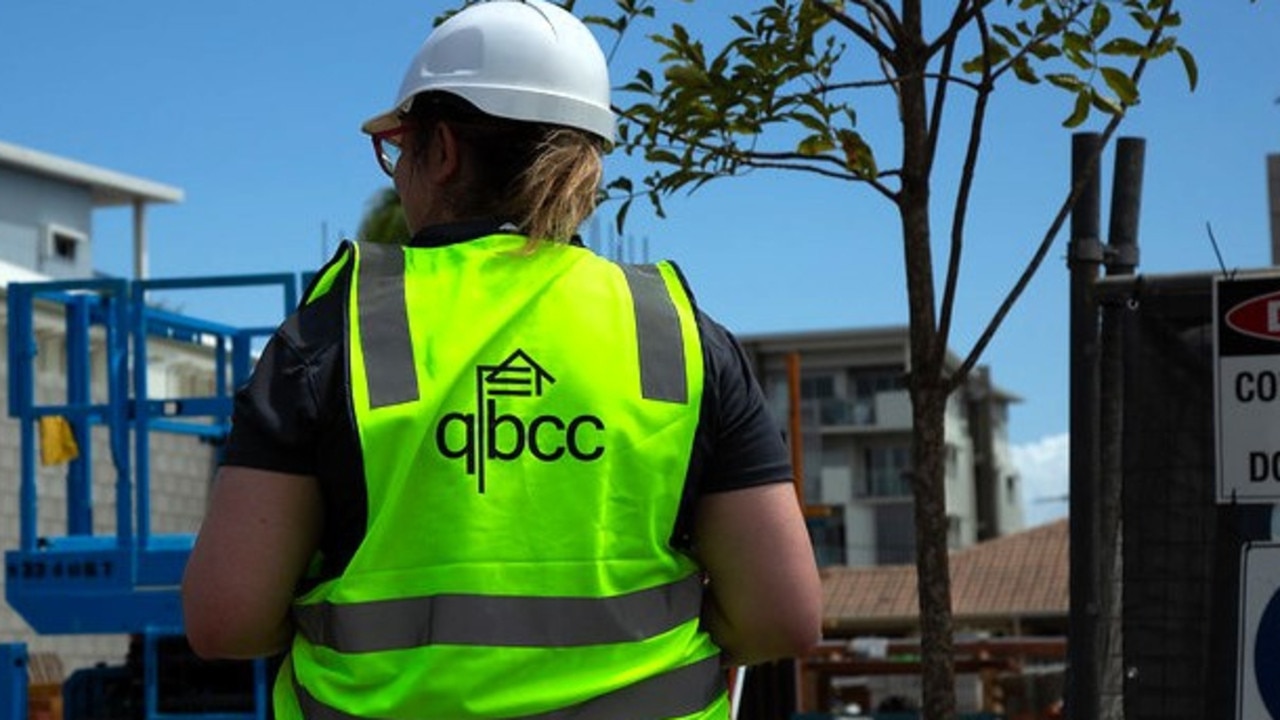Why are banks cutting variable interest rates?
Interest rates are going up, so why are banks cutting mortgage variable rates – it would never be they don’t want you to fix would it?

Business
Don't miss out on the headlines from Business. Followed categories will be added to My News.
Picture the scene in the boardroom: The boss says, “Damn it, rates are going up and our fixed rate loans are being rushed – we could get fried.”
A key lieutenant breaks the silence, “I know boss, let’s ‘bait and switch’ – cut the variable rates and head them off at the gap.”
Bait and switch, you will know, is the oldest trick in marketing. It’s where you offer an apparent bargain which is later substituted with a more expensive item. In banking it could be the easiest thing in the world to execute if mortgage borrowers are not looking too far into the future.
If you are puzzled why 10 different banks in the past week cut variable rates, or why not a single bank in the system raised them – despite strong signals that rates will now move higher – then ignore economic logic and think in terms of the art of war.
As Hessel Verbeek, strategy partner, banking, at KPMG, explains: “What you are looking at is a battle for market share – despite the big lift in profits we just saw, the underlying growth in the banking sector is basically flat.”
Moreover, future income at the banks could be worse than flat if they get the cycle wrong on lending arrangements. Banks will be hit hard if they have too many customers sitting comfortably on long-term fixed-rate mortgages and rates lift faster than expected.
In the pre-pandemic banking sector, fixed-rate loans were less than a fifth of the mortgage book, which meant the banks could pass on any rate rises instantly to the vast majority of borrowers – home hunters or investors. But the rush to “fix” during the pandemic almost doubled the fixed loan portion of bank loans.
The recent – and now fading – pattern of fixed rates being lower than variable rates is most unusual in our market. Banks finance long-term fixed interest products in the bond market, but a Covid-era scheme from the government called the TFF (term funding facility) allowed banks to offer once-off super low fixed rates, and the TFF is now finished.
For the record, 281 fixed rate products at 13 different banks were raised over the last seven days, and fixed rates were cut on 10 products from four banks.
Variable mortgage rates now hover around 3 per cent but any reductions – even on a short-term basis – also mean the banks can justify even more cuts to deposit rates.
An important dimension of the latest batch of bank results was the ongoing cuts to rates paid out to depositors.
It is hard to believe banks still have something left to cut when the average one-year term deposit rate sits at a microscopic 0.47 per cent, but according to the Canstar group six banks cut deposit rates in the last week.
Looking ahead, banks are also likely to keep term deposits as low as possible – even if rates rise “substantially” as ANZ expects – and that’s because our banks have more money coming into deposits than they want.
That’s bad news for retirees who may depend on the returns earned on savings for income. And a new report from the superannuation industry this week shows retiree costs are rising at their fastest in a decade.
More Coverage
Originally published as Why are banks cutting variable interest rates?




